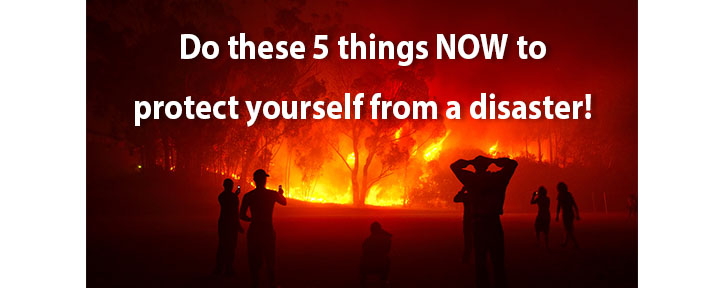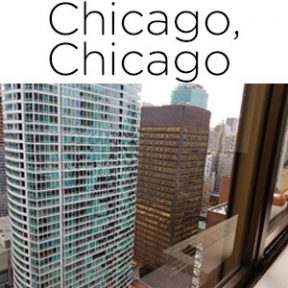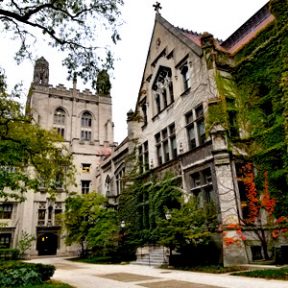
Here we are again in the middle of a perfect storm: Fires are raging in California after Sunday’s lightning thunderstorms that sparked fires amidst some of the hottest days we’ve had on record. This is unnerving as we’re already dealing with fears of COVID-19, loss of jobs, displaced students, and isolation from friends. This is the best time to fill out my Micro-Community Disaster Plan and Information packet to prepare your family now. Here are 5 proactive things you can do now to give you more control over the many things that feel completely out of our control today.
#1: REACH OUT TO YOUR NEIGHBORS
Put your differences aside, and email or visit with your neighbors today. Check in with them to update their contact information so you can help if they need support in evacuating or taking care of pets if they’re not at home.
#2: CREATE A FAMILY DISASTER PLAN
Select a meeting place to avoid going in circles searching for one another should there be an evacuation or a disaster. Make sure all family members understand that they should meet at this location and wait for everyone to arrive. Choose an out-of-state (or out-of-area) person to be the contact person. That way, if cell phones aren’t working or your internet is down, your contact person can retrieve messages and keep everyone informed of the status of each family member.
* Disaster Plan
#3: MAKE YOUR GO-BAGS
Gather the things you absolutely need to survive, and place them in a backpack or suitcase. Think: medications, personal items, clothing, water, food. Be prepared as evacuation orders don’t give you much time. If evacuation isn’t eminent, then create a Go Bag for your car and your house so you’ll always be ready.
#4: SIGN UP FOR CODE RED
Go to your alert notification systems and sign up for alerts. That way, you’ll be alerted to evacuation orders and you can start preparing by gathering your family, pets, and Go Bags. You can also help your neighbors by giving them a heads up and helping those who are non-ambulatory.
#5: PROTECT YOUR HOUSE
Move wooden or flammable items that are within 5 feet of your house. That means that cord of wood next to the garage, wooden picnic tables, old planter boxes, and other things. Ideally, move them 100 feet from your house but do whatever works for your home and property.
If time permits, remove dead branches and lower limbs on trees that are within 100 feet of your house. This could reduce the chance the wildfires would make their way to your homes. Weedwhack dense areas to create a firebreak. Clean out gutters and debris that have collected on your roofs. Learn more here.
Whether you’re waiting for evacuation orders or you just haven’t had time to prepare for disasters, let this be a wake-up call to get started. Share this with family and friends, and encourage them to do prepare now.


